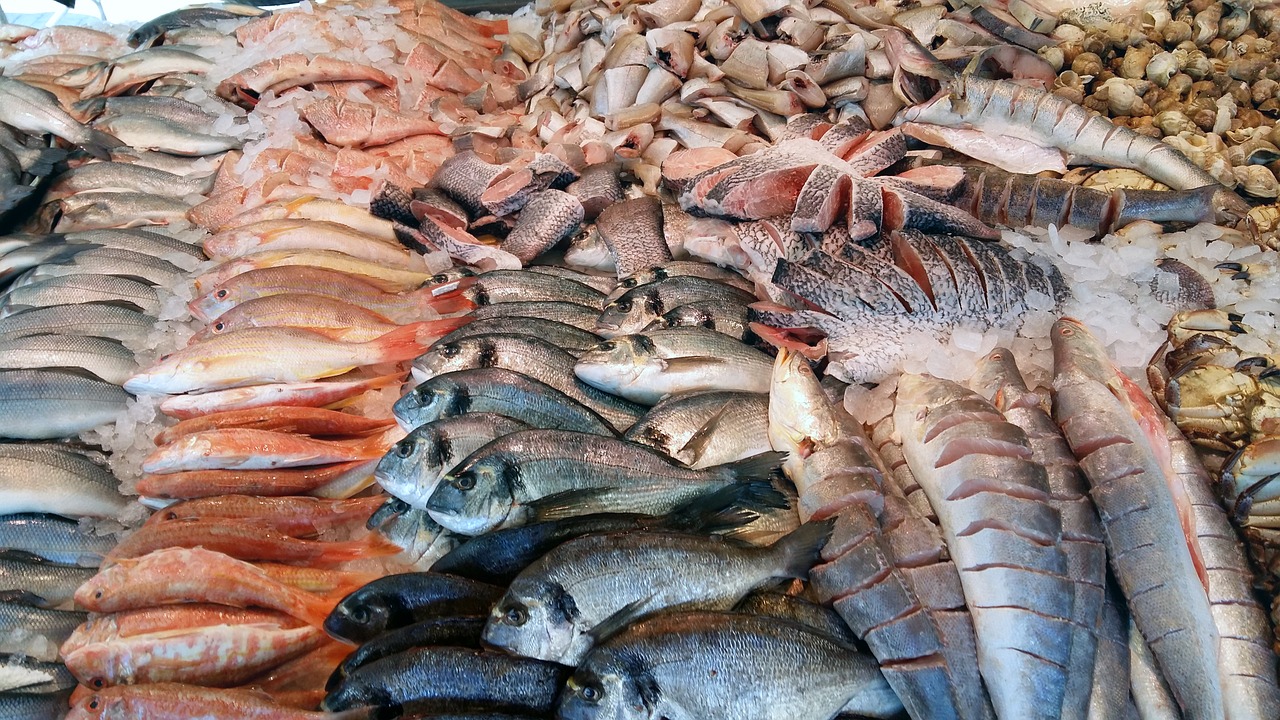Positive outlook for global seafood as demand surges for multiple species in markets across the world

The report analyses the market situation until September 2017
An estimated 2.3 percent hike in global fish production combined with good market conditions around the world gave a significant boost to trade revenues in the first nine months of 2017. Aquaculture continues to increase its contribution to the world’s seafood supply, growing at a steady rate of about 4.5 percent to reach a total harvest of 83.6 million tonnes in 2017. Capture fisheries productions remain stable at some 90.4 million tonnes. However, because a significant proportion of wild catches are utilized for fish feed, aquaculture’s share in direct human consumption is now 55 percent and increasing with each passing year. Asia, and particularly China, remains the major driver of global seafood development on both the supply and demand side.
Aggregate global seafood demand picked up in 2017, supported by the improving economic environment in both developed and developing regions, including recoveries of some major emerging markets such as Brazil and Russia. Consumers typically increase their spending on animal proteins such as seafood at the expense of other food categories as their income increases, and the generation of this extra demand has pushed prices upwards even as total supply continues to rise. This effect was so pronounced in the first three quarters of 2017 that the FAO Fish Price Index was higher across all commodity groups by the end of the review period. In particular, poor catches and record cephalopod prices contributed to an 11-point increase in the other fish category, while tight farmed salmon supply in the first half of 2017 translated into a 14-point rise in the salmon sub-index. Prices for cod, pangasius and tuna also trended upwards throughout the majority of 2017.
Of the world’s major seafood exporters, India, Peru, Ecuador, Chile and Norway are expected to be the top performers in terms of revenue growth during the first nine months of 2017. In India, good farmed shrimp harvests combined with firming prices saw export sales rise significantly. Peru and Chile benefitted from good anchoveta catches and high salmon prices, respectively. Norway, one of the world’s largest producers continues to benefit from high prices for a number of key species, including salmon and cod. A range of other countries in Latin America and Southeast Asia, particularly producers of shrimp and tuna, also saw significant growth in total export value, as seafood-hungry buyers in the large established markets of the United States of America, the EU28 and Japan competed with developing country counterparts for an increasingly wide variety of products. Domestically produced and cheap species such as carp are still an important staple in emerging markets across East and Southeast Asia. However, demand for more expensive species such as lobster and salmon is increasing rapidly, and the potential for future growth in these populous regions is enormous. Together with the recovery of consumer demand in Brazil and the Russian Federation, these macro trends point to the continued development of an ever more diverse array of markets for exporters and producers around the world.
The tightening supply-demand balance evident in international markets for multiple species, combined with a relatively positive global economic outlook for the next couple of years at least, suggest that the widespread strengthening of seafood demand will continue. From the production perspective, there are forecasts of shortages for important species in 2018. Quota cuts for small pelagics and groundfish will constrict supply and put increasing pressure on prices in these markets, while expectations are for continuing low catches in the cephalopod sector. Although total anchoveta catches were up in the first three quarters of 2017 as a whole, the quota for the second fishing season in Peru was below market expectations and this already led to rising prices in late 2017. The upward trend in seafood commodity prices is not universal, however, with increased supply of farmed salmon in 2018 expected to keep what were previously extremely high prices at more reasonable levels, whereas tuna raw prices ended 2017 heading downwards.
Overall, the increasingly strong competition with domestic markets in some large producing countries will slow the growth rate of trade volume relative to the rate of increase in global production. However, that additional demand will keep prices up in international markets so long as economic conditions remain positive in the majority of consumer countries.
For the average consumer the important topics continue to be sustainability and origin certification, ease of preparation, food safety assurance and the nutritional value of seafood. One the industry side, widespread consolidation and supply chain integration can be expected to continue.

